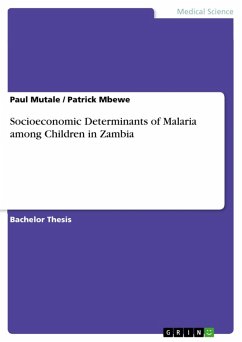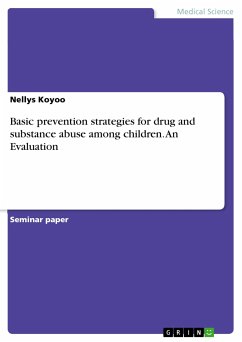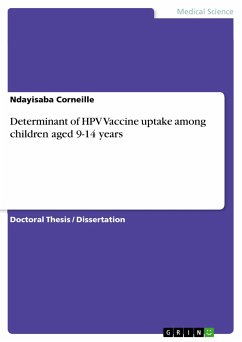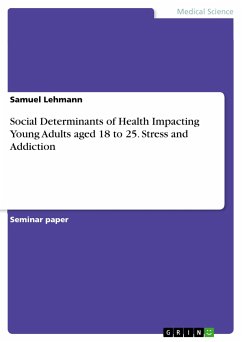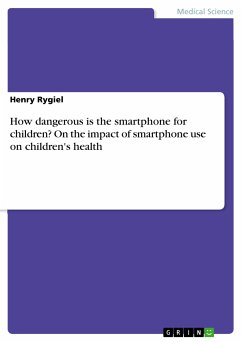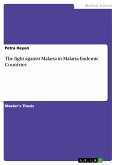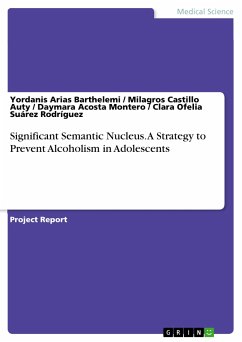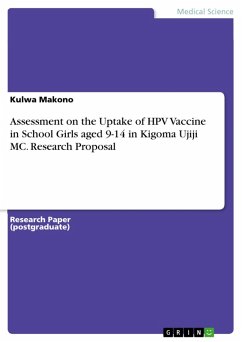Bachelor Thesis from the year 2017 in the subject Health - Children and adolescents, grade: 2.0, University of Zambia, course: Research, language: English, abstract: There are wide gaps in empirical information on socioeconomic determinants of malaria among children under five. The main objective of this study was to investigate the socioeconomic factors such as mother's education level, wealth of household, age of child, employment status and gender of child among other variables to establish how they influence malaria in children under five years of age. Initially a proportional cross-sectional analysis was conducted using the 2013/14 Zambia demographic health survey report (ZDHS) data. The results of proportion of children who had malaria by their socioeconomic characteristics were highest among children aged 12-23 months with malaria of 27.1 percent prevalence levels while across child gender about 20.4 percent males and 21.6 percent females had malaria. In relation to mothers education highest proportions were observed among mothers with no education representing 24 percent with lowest 15percent for those with more than secondary school level of education. In terms of wealth the highest proportion was observed from second and lowest wealth quartile with 23.6 and 22.7 percent respectively while the lowest 17.6 percent was observed from those in the highest or richest level of wealth. Then a probit regression analysis was done among selected socioeconomic factors and marginal effects where computed and presented in table 5, the probit regression show that a total of 9722 observations were analyzed and that if the average age of a child in months goes up by one unit, the probability of a child having malaria reduces by 0.078%. In terms of education mothers who have had no education increases the probability of a child having malaria by 3.22% holding other variable constant. This is a clear indication of the influences of socio economic factors on prevalence of malaria in children under five.
Dieser Download kann aus rechtlichen Gründen nur mit Rechnungsadresse in A, B, BG, CY, CZ, D, DK, EW, E, FIN, F, GR, HR, H, IRL, I, LT, L, LR, M, NL, PL, P, R, S, SLO, SK ausgeliefert werden.

